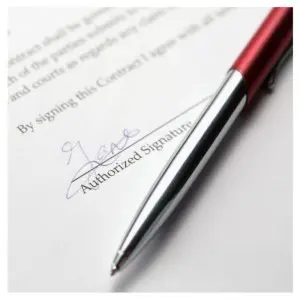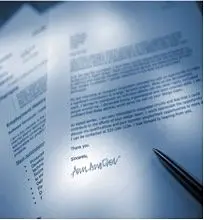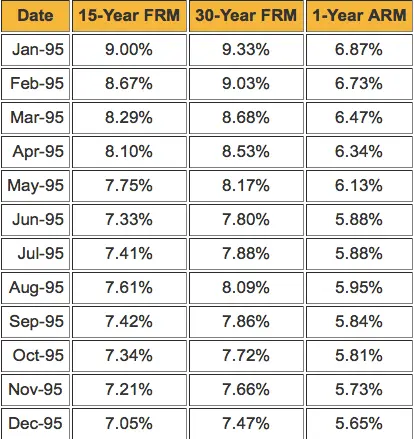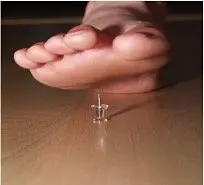MI. PMI. MIP.
Each of these acronyms refer in some part to the concept of Mortgage Insurance. For the last several years, we stopped using these cryptic terms as we dug ourselves out from under the biggest financial mess the US had experienced in decades. But now, they are beginning to be whispered once again. And I believe it is a good thing.
Mortgage Insurance – A Brief Definition
What is mortgage insurance you ask?

Mortgage insurance, in its simplest form, is the insurance you buy when you get a mortgage where you put down less than 20%. In effect, you are buying an insurance policy on yourself against getting foreclosed upon.
Banks figure that if you put less than 20% down on the purchase of a home, the both the likelihood of foreclosure and the amount of potential loss from the foreclosure increases. A person who puts 20% of their own cash into the purchase of a home is less likely to accept foreclosure when times get tough. Likewise, if the borrower loses their job and/or market values shift, someone who owes $200,000 on a home worth $250,000 (20% down) is in far better position to sell their home than someone who owes $225,000 (10% down) or even $242,500 (5% down). It is hard to disagree with their logic.
What Does MI Actually Insure?
Now what does the MI company insure? They insure the difference between what the home is sold for and what is owed to the bank (once again, extremely simple definition) when a home is foreclosed upon. If a bank owes $200,000 and the home is sold in foreclosure for $180,000, the MI company would step in and pay the difference of $20,000 to the bank.

Holding the Bag
In 2006, when the market was appreciating at its fastest rate, mortgage insurance companies were everywhere. At any given time, there were 15-20 companies in the MI market offering products to insure the riskiest portion of the home values. When values were rising quickly, MI looked like a great bet because (in theory) the difference between the value and debt was getting bigger, almost on a daily basis. I don’t think anyone foresaw a 30% adjustment in values in 36 months … but, unfortunately for many, that is exactly what happened.
And do you know who was responsible for covering the losses? Well, anyone who had made a bet that values would not fall, that’s who. And one of the biggest groups who had made that exact bet in spades was the Mortgage Insuance industry. The losses were staggering.
Needless to say, by the time we reached the bottom in 2011/12, you could count the MI companies on less than one hand.
All Insurance is About Quantifying Risk
In theory, what would make a company decide that insuring home values is a good bet? Well one, that values are likely to rise and rise consistently for some time and two, that the big reasons that foreclosures occur (poor underwriting standards, a weak economy, large number of job losses and the inability to sell a home at or near its market value) are not likely for the foreseeable future.
In retrospect, their actions during 2006-12 seem counter-intuitive. Why would any company, much less 20 of them, want to insure values at the top of the market where a fall was far more likely? And then why would they stop insuring values when they were at their lowest? Good question, but it is exactly what happened.
Regardless, the good news is that they are back. Hopefully they have learned from the recent past and are applying those lessons as we move forward. So we can assume that the reason they are coming back to the market is either they learned nothing from 2008-2012 or that the market has a positive outlook and the likelihood of catastrophe is well into the future.
I choose believe it is the latter.


 Good loan officers will ask the right questions and determine which process is best for you, but since in many cases, you have no idea of the skill or experience of the person you may be talking to about Pre-Qualification or Pre-Approval, my desire to arm you with the information to know which one is best for your success. When in doubt…never be afraid to ask your loan officer and go over your situation. Also, always be up front and honest about your circumstances. Gone are the days where lenders will not find out about any financial skeletons. Your loan officer is working to help navigate you thru the right process and the ultimately the right mortgage. Full disclosure is critical to his or her ability to provide that service. Rule number 1 for any great loan officer…always put your borrowers in the best possible position to succeed with their purchase transaction and ultimately in homeownership!
Good loan officers will ask the right questions and determine which process is best for you, but since in many cases, you have no idea of the skill or experience of the person you may be talking to about Pre-Qualification or Pre-Approval, my desire to arm you with the information to know which one is best for your success. When in doubt…never be afraid to ask your loan officer and go over your situation. Also, always be up front and honest about your circumstances. Gone are the days where lenders will not find out about any financial skeletons. Your loan officer is working to help navigate you thru the right process and the ultimately the right mortgage. Full disclosure is critical to his or her ability to provide that service. Rule number 1 for any great loan officer…always put your borrowers in the best possible position to succeed with their purchase transaction and ultimately in homeownership! Typically lenders do not want to fill a pipeline full of active loans without real property addresses or fully ratified purchase agreements. It would force them to devote valuable human resources to borrowers who may or may not ultimately purchase a home or even use that lender for actual mortgage transaction once a purchase agreement is executed. It would raise lending costs due to the increased resources and slow the process down for “live” loan applications. Instead, they will tag you as “lead” or some other similar category, do all of the necessary ratio calculations, produce the Pre-Qualification letter and move on to the next call or email while you are completing your home search and /or negotiating your transaction.
Typically lenders do not want to fill a pipeline full of active loans without real property addresses or fully ratified purchase agreements. It would force them to devote valuable human resources to borrowers who may or may not ultimately purchase a home or even use that lender for actual mortgage transaction once a purchase agreement is executed. It would raise lending costs due to the increased resources and slow the process down for “live” loan applications. Instead, they will tag you as “lead” or some other similar category, do all of the necessary ratio calculations, produce the Pre-Qualification letter and move on to the next call or email while you are completing your home search and /or negotiating your transaction.




